From Wordsworth to Thomas, here is our guide to the poets that were inspired by the British countryside and our pick of the best poetry walks to follow in their footsteps.
Christopher Marlowe, The Passionate Shepherd to his Love
Christopher Marlowe was a 16th century English playwright and poet. Born in 1564 in Canterbury, the poet was at the forefront of the English Renaissance and is said to have paved the way for other well-known poets and writers, notably Shakespeare.

Inspired by the British landscape, the pastoral poem; ‘The Passionate Shepherd to his Love’ describes a highly idealised countryside spring scene. In the poem, a love-struck shepherd urges his love to come and live in the countryside with him. Published in 1599 when Marlowe lived in urban surroundings, it is likely that other urban dwellers of the era would have fanaticised about a romantic countryside life spent in nature. The undertone of the poem hints at the truth that life in the countryside was in fact far from idyllic.
Matthew Arnold, Dover Beach
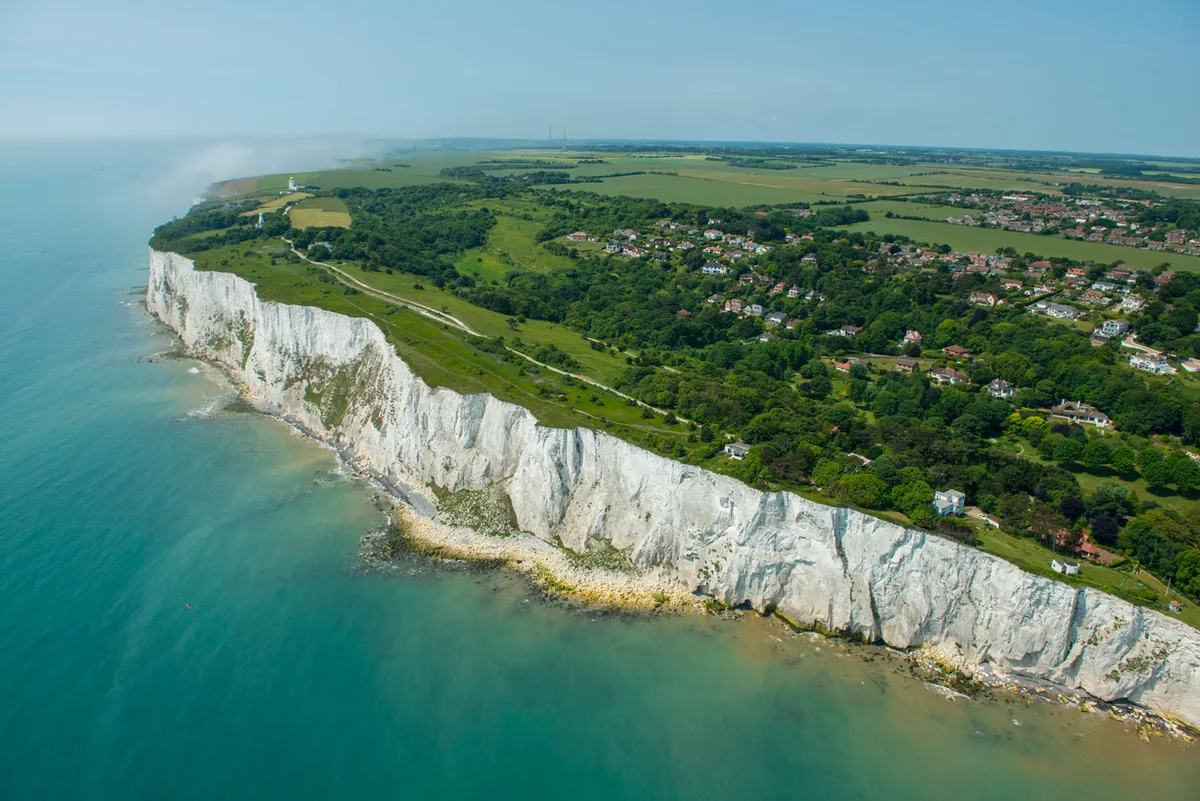
The White Cliffs of Dover and coastal landscape inspired poet Matthew Arnold to write the lyrical poem Dover Beach. A melancholic poem that links the sea to feelings of sadness, Arnold invokes feelings of loneliness.
Thomas Hardy, Wessex Heights
One of the most influential poets of the Victorian era, Thomas Hardy lived in Dorset for most of his life, first at Higher Brockhampton (in what is now known as Hardy’s Cottage) and later just three miles away at Max Gate. Hardy designed Max Gate himself, constructing his third study with large windows without mullions so that he had clear view of the seasonal changes in the garden.

Much of his writing is inspired by countryside, with the rolling Dorset hills providing inspiration for his popular fiction Far from the Madding Crowd and Wessex for his poem Wessex Heights in which Hardy reflects on his life and lost loves in the English countryside.
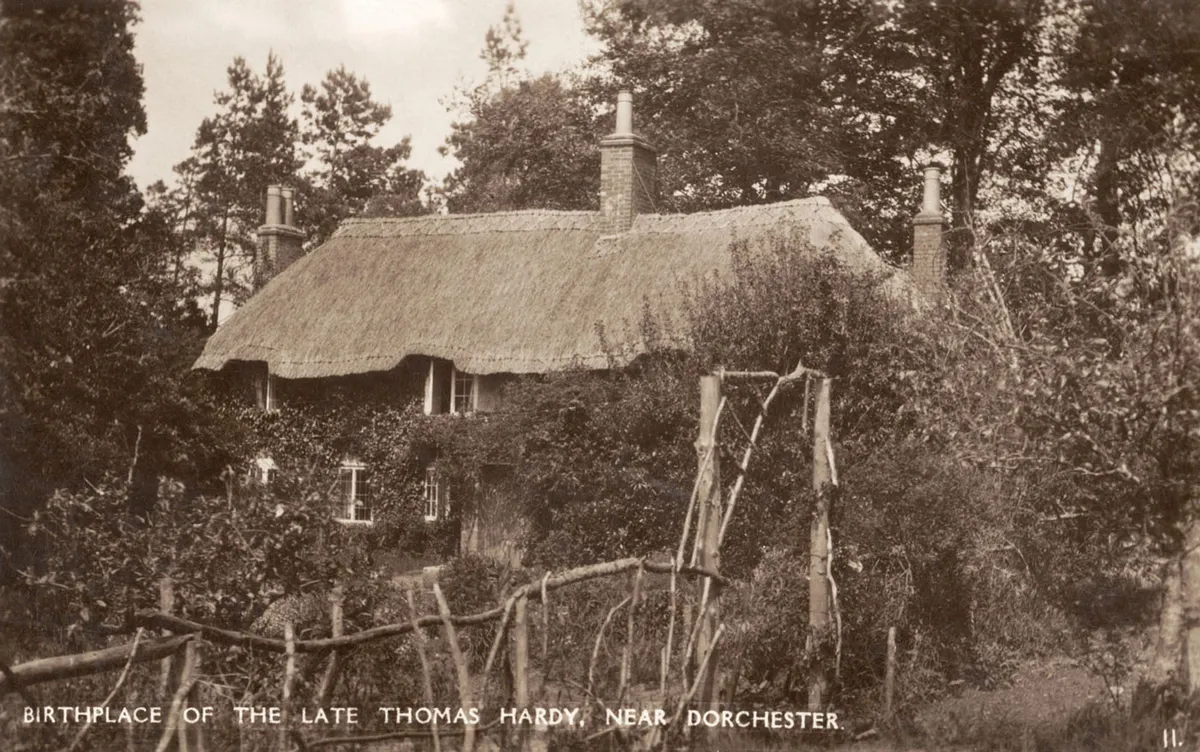
Dylan Thomas, Fern Hill
Dylan Thomas was born in Swansea, South Wales. Written in 1945, the poem Fern Hill describes childhood visits to his aunt Annie’s farm, Fern Hill Farm, in Carmarthenshire where he often spent his school holidays. The poem shares happy memories and the inevitable loss of the innocence of youth.
Follow the Dylan Thomas trail and walk in his footsteps.

Best poetry walks in the UK
Wordsworth walks in the Lake District
The Lake District boasts many connections to William Wordsworth. There are many great ways to explore the landscape that inspired this great novelist and poet. The venerable Wasdale Head Inn, hidden within the valleys and mountains of the Cumbria, is as good a starting point as any.
Wordsworth's poem I Wandered Lonely as a Cloud is one of the best and most famous poems of all time.
Find out what inspired him with a five-mile walk.
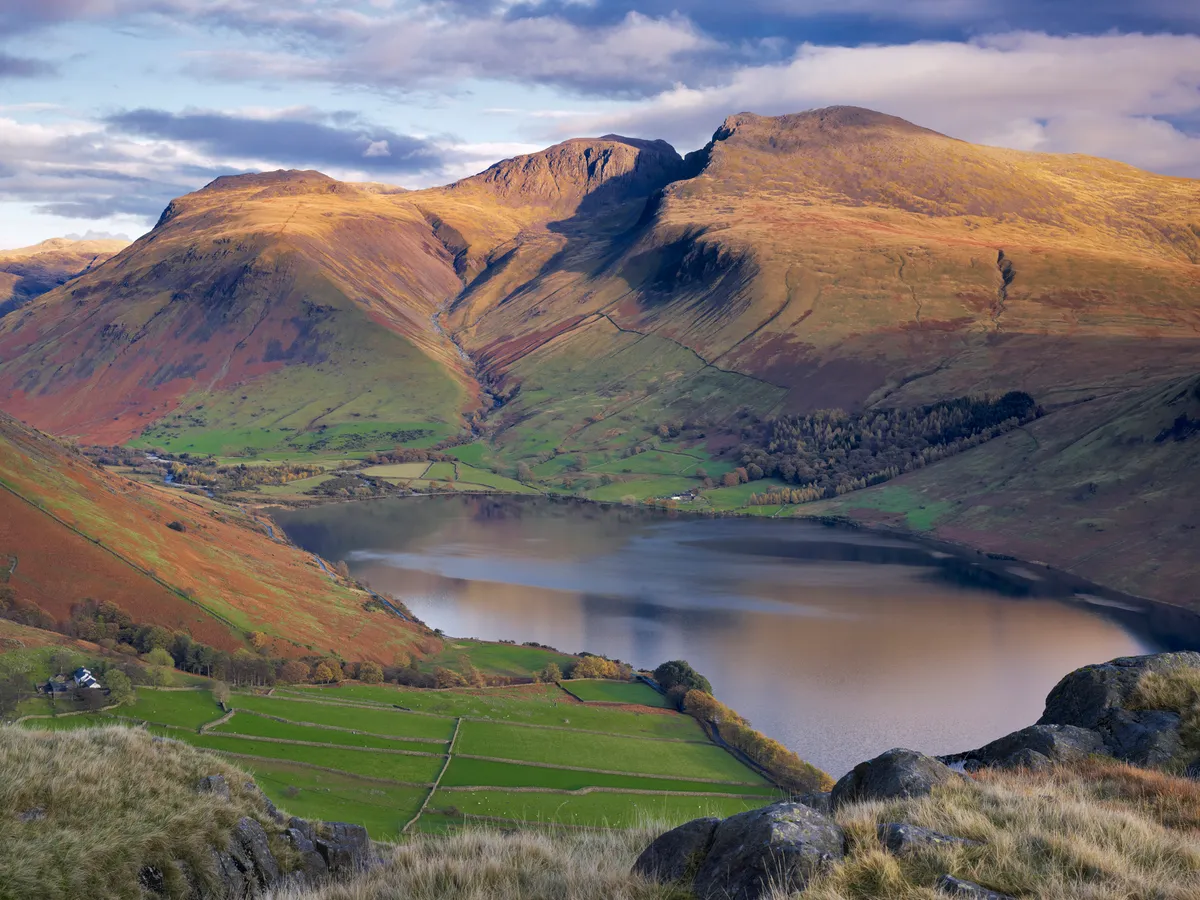
- Best walks in the Lake District National Park
- William Wordsworth's stunning Lake District home is for sale – so you could own and live in a little piece of literary history
Wordsworth, Tintern Abbey, Gloucestershire
The English romantic poet also penned the poem Tintern Abbey or Lines Composed A Few Miles Above Tintern Abbey in 1798. Inspired by the derelict abbey, which sits on the banks of the River Wye in Monmouthshire, the poem reflects on the power nature has to heal and nurture the human spirit.
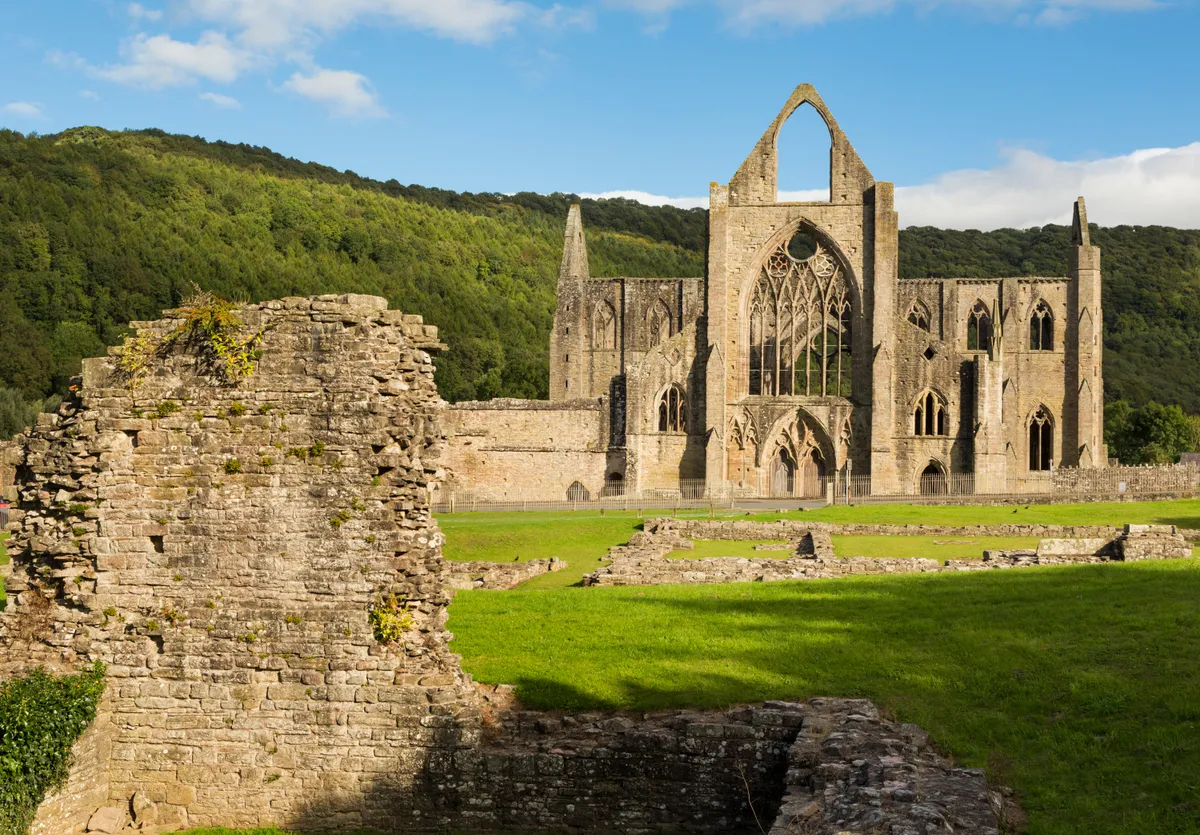
Wordsworth work was greatly influenced by the countryside and his autobiographic poem The Prelude in his twenties and worked on it throughout his life. Published in 1850 it recalls his happy childhood at his family home in Cockermouth, Cumbria, now owned by the National Trust and called Wordsworth House.
Over the course of a prolific poetic career, Wordsworth also produced a tourist handbook, A Guide through the District of the Lakes, which provides a geographical background to his poems and biography.
Enjoy an easy walk to Tintern Abbey in the Wye Valley.
Poet’s Walk, Clevedon, Somerset
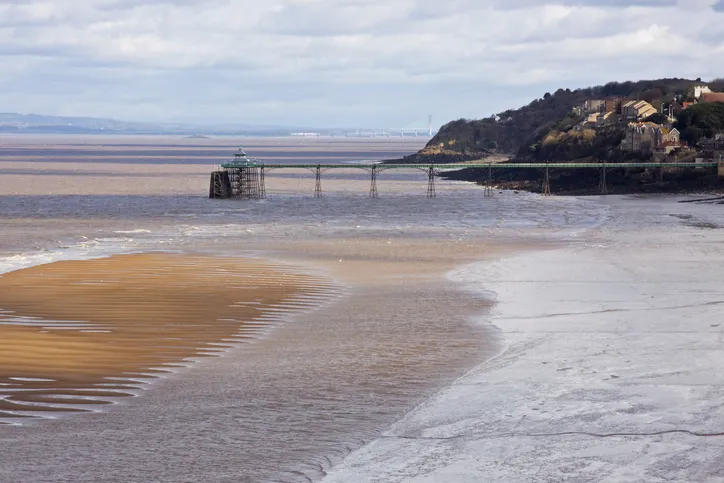
An area said to have inspired Tennyson and Coleridge, Poet’s Walk can be completed in a circular route along the coast and through woodland. The path also takes you over Church Hill and Wains Hill, an Iron Age hill fort. Enjoy far reaching views of Clevedon town and its Grade I listed pier, the Severn Estuary and on a clear day, the Welsh coast.
Our sister title BBC Music Magazine named Tennyson one of the best poets of all time.
Poets Paths, Dymock, Gloucestershire
The countryside surrounding Dymock was the stomping ground of a group of romantic poets including Robert Frost, Edward Thomas and Wilfrid Gibson. In 1990 a descendant of Edward Thomas opened two Poets Paths that start at the village and, over eight miles, pass by the poets’ homes. The poets also have connections to May Hill and the Malvern Hills, which are easily reachable via connecting paths.
Shakespeare’s Way, Warwickshire

This route of bridle paths and country lanes is said to roughly echo the route that Shakespeare may have taken when travelling between his home in Stratford-Upon-Avon and his Globe Theatre in London. In its entirety the trail covers a grand 146 miles. Walkers will pass close to the Rollright Stones and through the Cotswolds, Blenheim Park, the Chiltern Hills and the Thames Valley.
Keats' Walk, Winchester, Hampshire
Visit the landscape that is said to have inspired the romantic poet John Keats’ Ode to Autumn, which was written during his stay in the city in 1819. Keats' Walk runs from the city to St Cross, and follows the paths he took on his daily walks, past the cathedral and through the water meadows.
The South Downs, Sussex
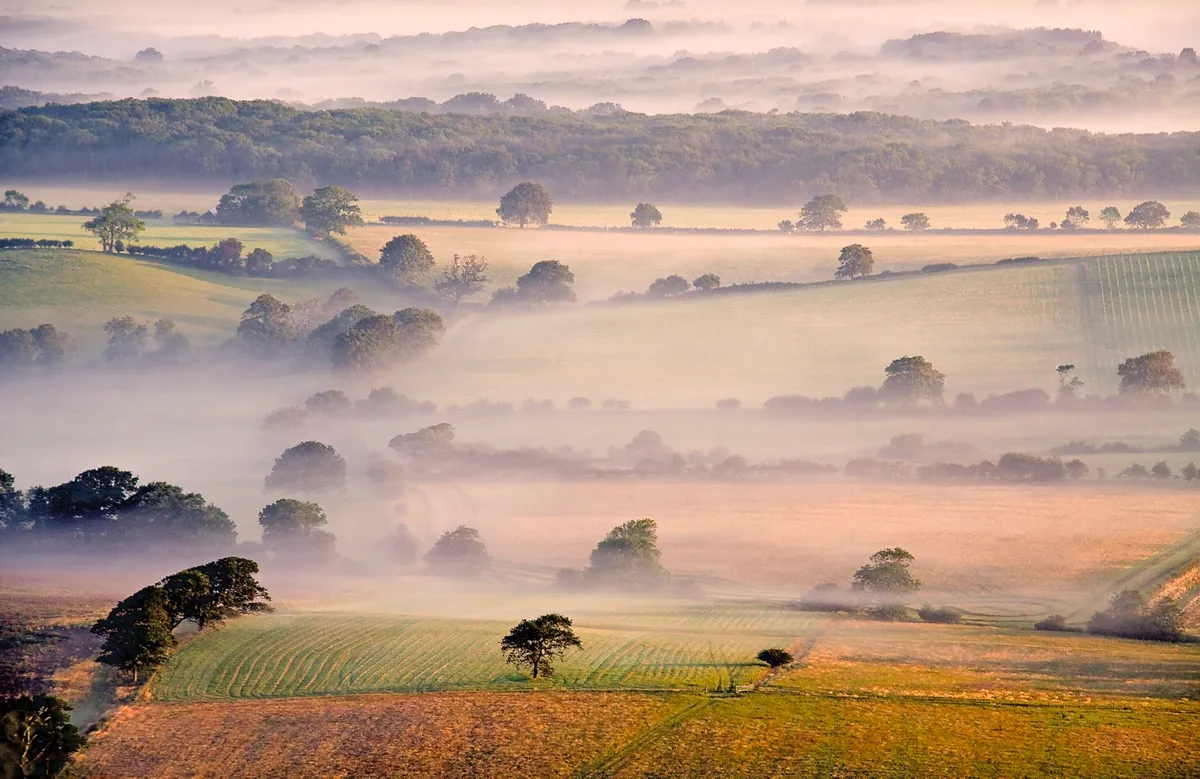
Described in poems by Algernon Swinburne, Hilaire Belloc and Rudyard Kipling, the “green, smooth-swelling, unending” South Downs have been called the “great hills of the south country.” Follow the 100-mile South Downs Way through countryside and along the coast, or explore the history, wildlife and villages that make up the landscape.
Explore a short section of this long distance trail with a walk along the Cuckmere River.
The Elwy Valley, Denbigshire, North Wales
Unpublished until after his death, 19th-century poet and priest Gerard Manley Hopkins wrote of the beauty of the Welsh landscape in his poem In the Valley of the Elwy. The AA's With the Poet to Mynydd y Gaer takes you from Llannefydd village and over one of the Clwyds hills, with views of the Elwy Valley and the Afon Elwy along the way.
DH Lawrence walk, Eastwood, Nottinghamshire
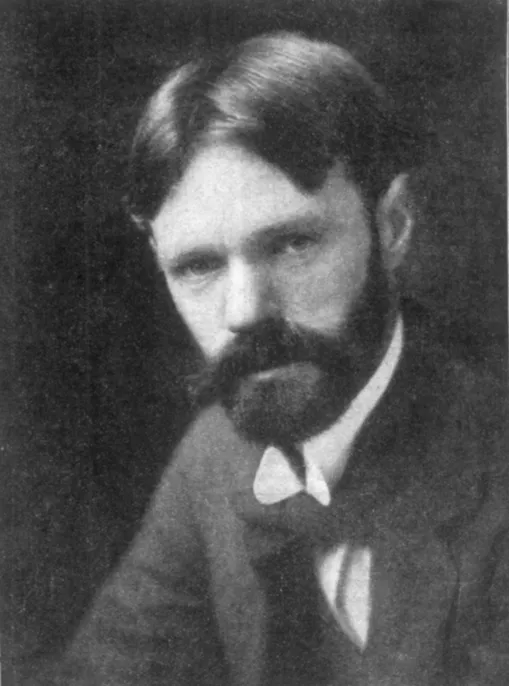
This six-mile walk around East Midlands countryside covers ground that inspired the poems of D.H Lawrence, who lived in the area. The route runs from Colliers Wood nature reserve through farmland and hills to the ruins of a 14th-century priory. A museum dedicated to the writer is located in nearby Eastwood, where a short DH Lawrence trail takes you through landmarks of his life.
John Clare walks, Helpston, Peterborough, Cambridgeshire
There are many popular walks near the village of Helpston that are connected to John Clare and the time he spent living in the area. Explore the Swaddywell walk that takes in his favourite places, such as Oxey Wood where it is said he listened to bird song, or the Heath Hills and Holes walk that passes Southorpe Meadow and Walcot Hall. Find walks in Clare Country.
Discover more walking inspiration




